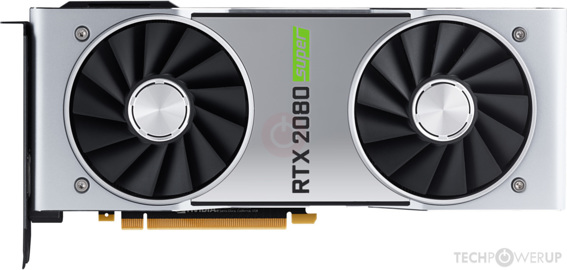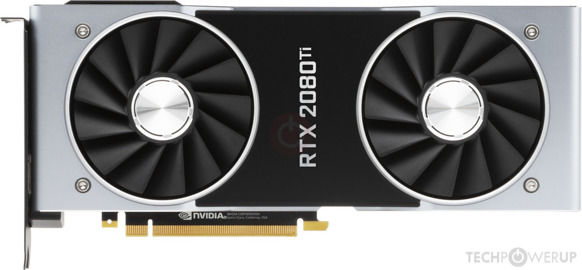Looking at 250mm2 5700/XT vs 2070/2060 and supers, seriously?
Are you really going to use die size to equate two products on completely different process nodes? Like, really?
/Facepalm.
Navi10 is great, but it's about a cheap, good-enough part for AMD. At 10.3 billion transistors its closest Nvidia relative is the original 2070 (full-fat TU106) that has 10.8 billion transistors.
They trade blows but I reckon the 5700XT wins more than it loses and is about 10% ahead. That sounds about right, if you look at all the various reviews around the web, the 5700XT is a little bit faster than the 5700XT and how much faster depends on the game selection tested.
Here's the thing(s) though:
- AMD has the process node advantage; 7nm vs 12nm
- AMD has the clock frequency advantage; ~1905MHz vs 1620MHz
- AMD has the shader count advantage; 2560 vs 2304
- AMD needs 30% more power, despite the more efficient node; 225W vs 175W
- AMD uses all 10.3bn transistors without tensor cores or raytracing support; TU106's 10.8bn transistors includes all that.
So yeah, Nvidia has the architectural advantage. If you took the exact same specs that Navi10 has and made a 7nm, TU106 part with 2560 CUDA cores and let it use 225W, it would stomp all over the 5700XT. Oh, and it would still have DLSS and hardware raytracing support that Navi10 lacks.



























